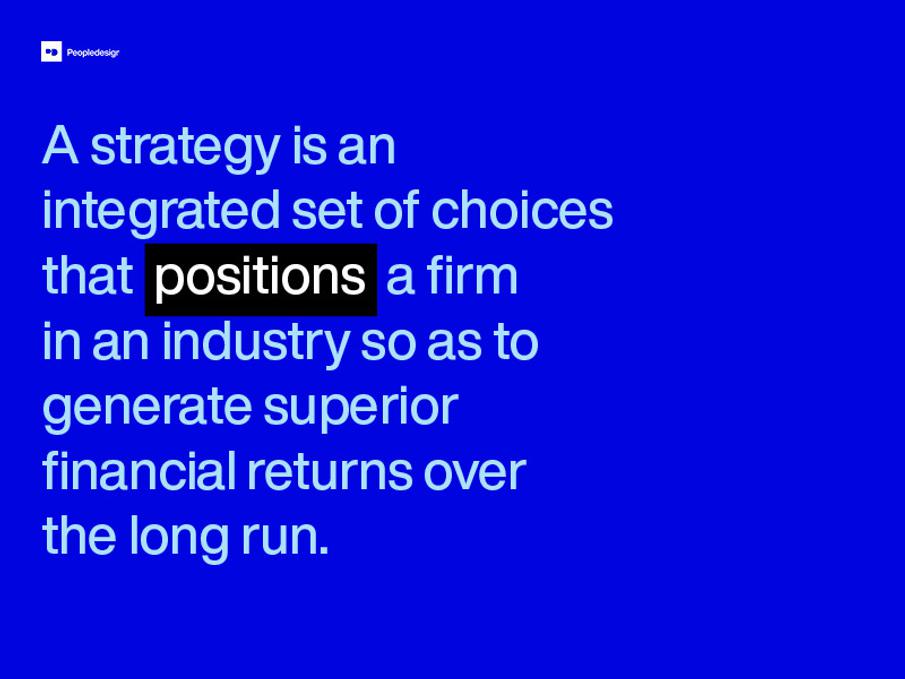
Peopledesign
The Built Environment
Furniture
Lighting
Textiles/Upholstery
Flooring/Carpet
Building Materials
AE Firms
What is Positioning?
What is Positioning?

When it comes to positioning, the questions are easy but the answers are hard. We create and refine company positioning by helping them answer the five key positioning questions:
- Audience – Who is your user, customer, influencer?
- Category – Where are you going to play?
- Claim/Promise – How are you going to win?
- Brand/Offer – What identity encapsulates your meaning?
- Support – How will you deliver on your promise?
Download Positioning Template
People can tell you what they want, but often they can't tell you what they need. Understanding what your customers really need requires research.
Helping companies connect with their customers is, in part, our reason for being.
Category changes can be hard to see within an industry. A new lens can help you chart a sustainable course.
Your claim is a pathway for innovation. Starting to say different things can allow your company to do different things.
Brands are the perception of value in the mind of the customer. A clear definition and narrative can shape how customers think and what your company can do.
Customer loyalty is earned one touchpoint at a time. A proactive approach to CX and UX design will help to improve each customer or user interaction.
This strategy definition and positioning framework is from the Harvard Business School. Positioning is often equated with branding, and branding is too often viewed as merely cosmetic. Our book addresses this and other brand topics. The iceberg on the cover serves as a metaphor for what is unseen when it comes to building brands.




